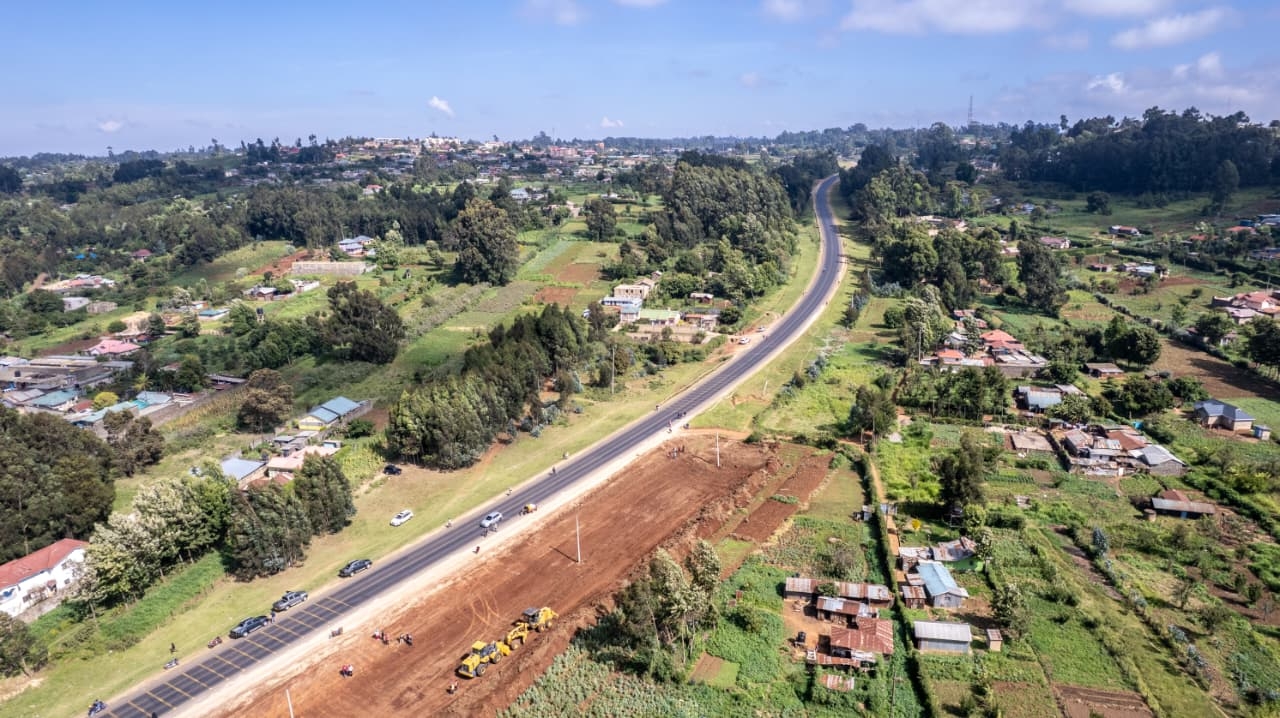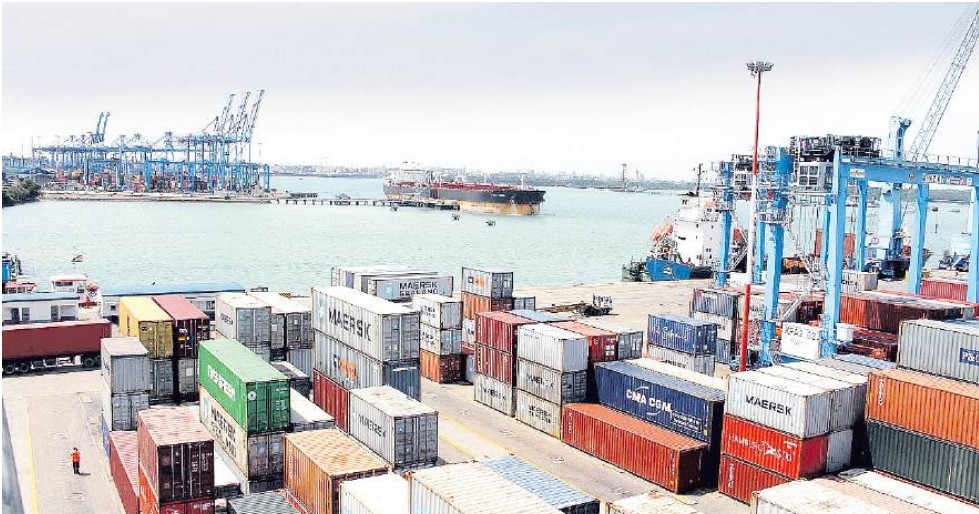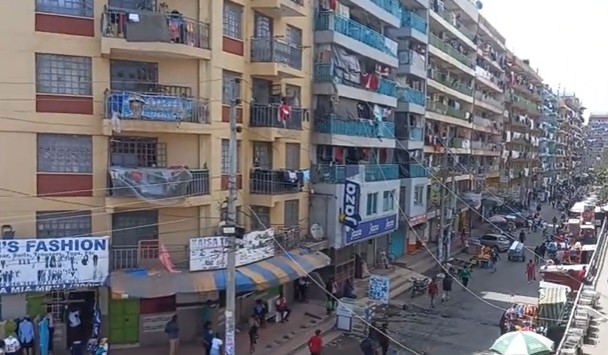The ongoing forcible demolitions by the state have received sharp criticism from human rights organisations as well as a section of the public for what they term a ‘selective operation.’
Bulldozers have been descending on homes near riparian areas, flattening all structures marked for demolitions, following President William Ruto’s May 3 directive that the state will restore riparian areas.
The number of fatalities from the ongoing exercise meant to reclaim and rehabilitate the Nairobi Rivers Corridor has risen to three, after two people lost their lives in Mukuru Kwa Reuben and another in Mathare, reports indicate.
The President linked the ongoing flood crisis to the failure of citizens to protect the environment.
Heavy rains caused floods and unprecedented disasters, including mudslides. Over 200 lives were lost. Property and infrastructure were destroyed.
The painful effects of flooding, as well as droughts witnessed before, were a result of the destruction of the environment.
On May 24, Interior CS Kithure Kindiki said 40,000 households have voluntarily relocated from the riparian reserves of Nairobi, Mathare, and Ngong Rivers and other mini tributaries.
Kindiki said the households comprised 181,000 people, adding that they will be given priority in the Affordable Housing Programme.
"Erecting buildings and structures within the 30-metre riparian corridor is prohibited by law, clogs the rivers, and exposes dwellers on riparian reserves to grave danger of loss of life and property," he said.
To prevent re-encroachment, Kindiki said the reclaimed riparian reserves are being trenched and fenced, and the planting of riverine ecosystem trees is underway.
But as the demolition gains momentum, a section of residents are crying foul, saying informal settlements are being targeted.
“Why have they not brought down some of the buildings that were flooded in some of the areas, such as Runda and even Pangani?” a resident from an informal settlement who requested anonymity said.
Runda is one of Nairobi's most expensive neighbourhoods hosting mainly the rich in society.
On May 5, three human rights organisations added their voices to the outcry, accusing the state of aiding arbitrary evictions disguised as evacuations.
The Kenya Human Rights Commission, Mazingira Institute and Social Justice Center Working Group have demanded that the evictions be stopped.
The organisations said the ongoing rains call for collective, responsive actions to foster people's safety and dignity.
“Against this background, the government of Kenya ordered residents within "high-risk fragile ecosystem areas" to vacate immediately or within 24 hours on Thursday. It claimed it would evacuate, relocate, and protect the exposed communities from the devastation of ongoing floods.”
“But it became a driver of gross injustice and unwarranted violence, specifically targeting the poor in the people's settlements. Even before the government’s deadline elapsed, and without sufficient notice or proper consultation, bulldozers descended on the Mukuru Kwa Reuben and Kiamaiko areas in Nairobi in a case of forced and arbitrary eviction that left thousands of locals homeless.”
They noted that affluent neighbourhoods too were not spared by floods, with some of the multi-billion-dollar buildings sitting on riparian land.
But these were left untouched. The move highlights a selective, punitive, and discriminatory expedition.
“The demolitions and forced evictions happened against the backdrop of systemic and arbitrary displacements that continued to target indigent communities in Kenya over the years. The regime, aiming to appear "responsible," did not offer alternative shelter for the affected families but insisted that they move to "higher ground."
Further, several laws, which ought to protect these areas, are conflicting.
The laws include the Water Act 2002, the Agriculture Act, the Water Resource Management Act 2007, and the Environment Management and Coordination Regulations of 2006.
Others are the Environment Management and Coordination Act CAP 387, the Environmental Management and Coordination (Water Quality) Regulations 2006, the Surveys Act CAP 299, the Physical Planning Act CAP 286, and the Water Resource Management Act, 2007.
However, nearly all these laws offer contradictory recommendations on what constitutes riparian distance.
For instance, the Environmental Management and Coordination (Water Quality) Regulations 2006 set the recommended distance at a minimum of six metres and a maximum of 30 metres from the highest water mark.
Agriculture Act CAP 318 recommends a minimum of two metres and a maximum of 30 metres. It, however, does not indicate from what point.
An amendment proposed in 2019 bans human activities within 30 metres of river and lake shores and 60 metres from the Indian Ocean shores.
This directive was contained in the draft Environmental Management and Coordination (Conservation and Management of Wetlands) Amendment Regulations, 2018.
Even so, the state maintains that the demolition will continue as it will aid the ongoing efforts to spruce the heavily polluted Nairobi River.
Currently, the Nairobi River Commission is in the process of sprucing up the water body, which is choking from fresh solid waste. Approximately 7.1 kilometres of the river have been cleaned, removing 6,070 tons of solid waste. The waste has since been moved to Dandora.
The clean-up operation covers Nairobi, Kiambu, Kajiado, Machakos, and Makueni counties.
A strategic plan (2023–27) for the management of the Nairobi River basin through a thematic area approach has been developed. This will address most of the issues in the basin, including flood mitigation.
Approximately Sh22 billion is needed to immediately address solid waste, sewerage, and industrial waste challenges, the commission says.












![[PHOTOS] Ruto present as NIS boss Noordin Haji's son weds](/_next/image?url=https%3A%2F%2Fcdn.radioafrica.digital%2Fimage%2F2025%2F11%2Ff8833a6a-7b6b-4e15-b378-8624f16917f0.jpg&w=3840&q=100)




